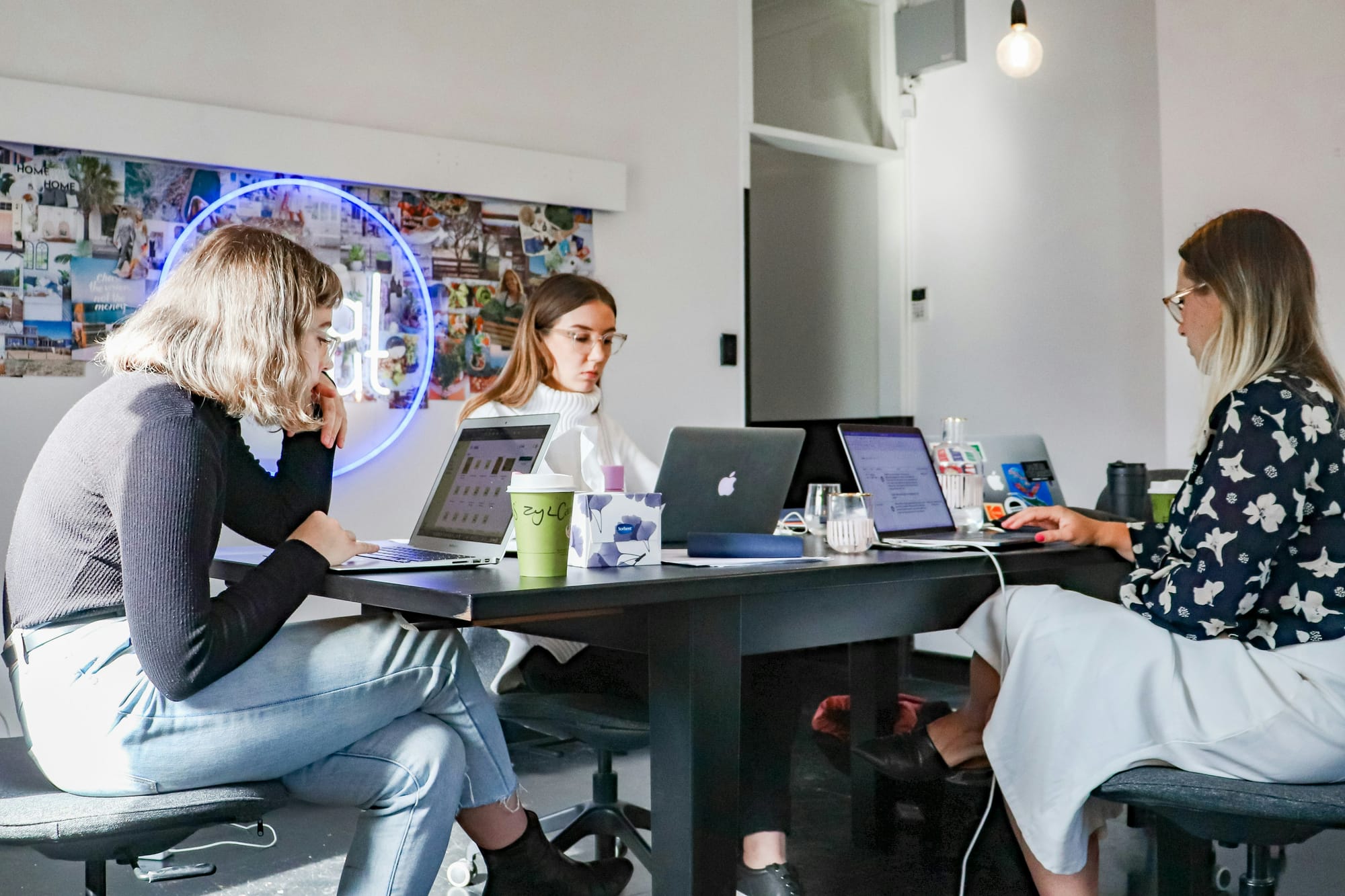Breaking Barriers: Investigating the Value of Coworking Spaces for Women
This thesis explored how coworking spaces can create value for women, focusing on the potential of women-only coworking spaces.

Topic
This thesis explored how coworking spaces can create value for women, focusing on the potential of women-only coworking spaces. Despite the intention of coworking spaces to be open and innovative, many women do not feel equally welcomed in mixed-gender coworking spaces. This research examined the specific needs and challenges faced by women in coworking spaces, emphasizing the importance of changes that can make women feel safe and empowered.
Relevance
More women are joining the workforce and starting their own businesses. As traditional offices evolve and remote jobs become more common, coworking spaces have emerged as common a third work place besides home and traditional offices for many people. However, traditional coworking spaces often do not fully accommodate women's needs in work environments. By exploring women-only coworking spaces, this research aimed to contribute to creating more equitable and supportive work environments for women. The insights offered by this thesis can help design and organize coworking spaces that better support women's professional needs.
Results
Women only coworking spaces provide a supportive environment with aesthetic design and community rules to create safe spaces. Women search for a community where they have networking opportunities and events that address gender-specific topics like funding and entrepreneurship to feel supported and empowered. But besides seeing the benefits of gender exclusive spaces, women want diversity and exchange with men and not isolate themselves. Women value diverse interactions and knowledge sharing.
Implications for Practitioners
What can coworking spaces do to attract women:
- Aesthetically Pleasing Spaces: Incorporating light colors and plants can make coworking spaces more welcoming and comfortable, countering the typically masculine aesthetics with monochromatic schemes. Ensure physical comfort with ergonomic seating and proper screen setups as a standard feature in coworking spaces.
- Values and Rules: Community agreements and an application process help establish a respectful and safe culture, supported by enforcement and consequences for non-compliance.
- Women-Focused Events: Mixed-gender coworking spaces can attract more women by hosting events that address women-specific challenges, such as funding and entrepreneurship, fostering connection and learning opportunities.
Methods
The research employed an exploratory, qualitative approach due to the limited existing literature on the topic. Semi-structured interviews were conducted with three providers of women-only coworking spaces and nine women using traditional coworking spaces in Switzerland and Germany. An interview guide was developed based on the literature review. The interviews were conducted via Microsoft Teams, recorded, and transcribed for analysis. The data analysis followed the Gioia method, involving open coding to identify first-order concepts, which were then categorized into themes and synthesized into aggregate dimensions using MAXQDA 24 software to maintain digital structure.
